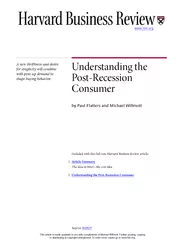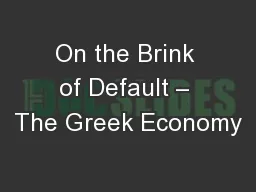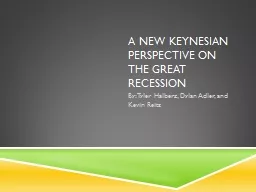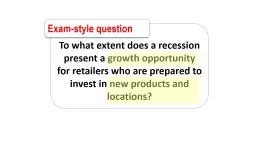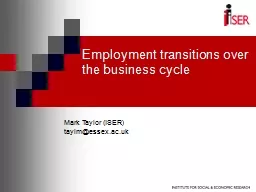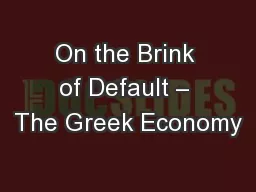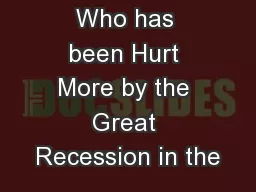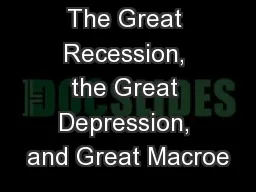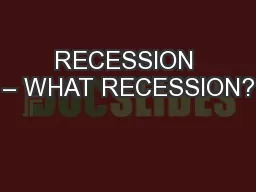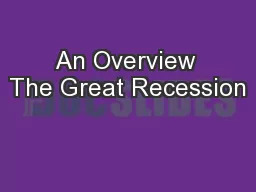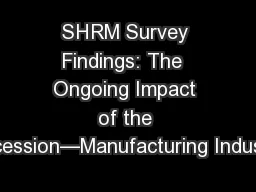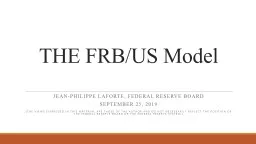PDF-Understanding the post recession consumer
Author : stefany-barnette | Published Date : 2017-08-25
Understan ding the Pos tRecession Cons umer by Paul Flatters and Michael Willmott Incl uded with this fulltext Harvard Busine ss Review article The Idea in Brief
Presentation Embed Code
Download Presentation
Download Presentation The PPT/PDF document "Understanding the post recession consume..." is the property of its rightful owner. Permission is granted to download and print the materials on this website for personal, non-commercial use only, and to display it on your personal computer provided you do not modify the materials and that you retain all copyright notices contained in the materials. By downloading content from our website, you accept the terms of this agreement.
Understanding the post recession consumer: Transcript
Download Rules Of Document
"Understanding the post recession consumer"The content belongs to its owner. You may download and print it for personal use, without modification, and keep all copyright notices. By downloading, you agree to these terms.
Related Documents

